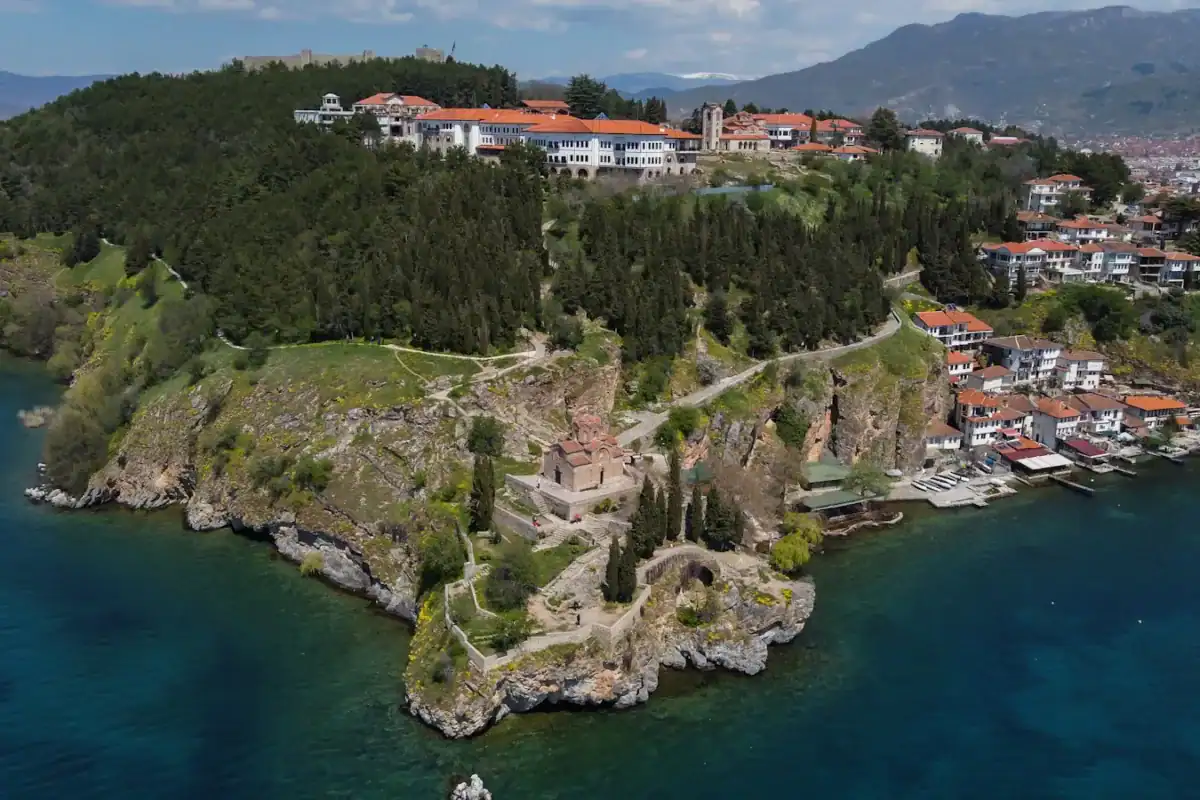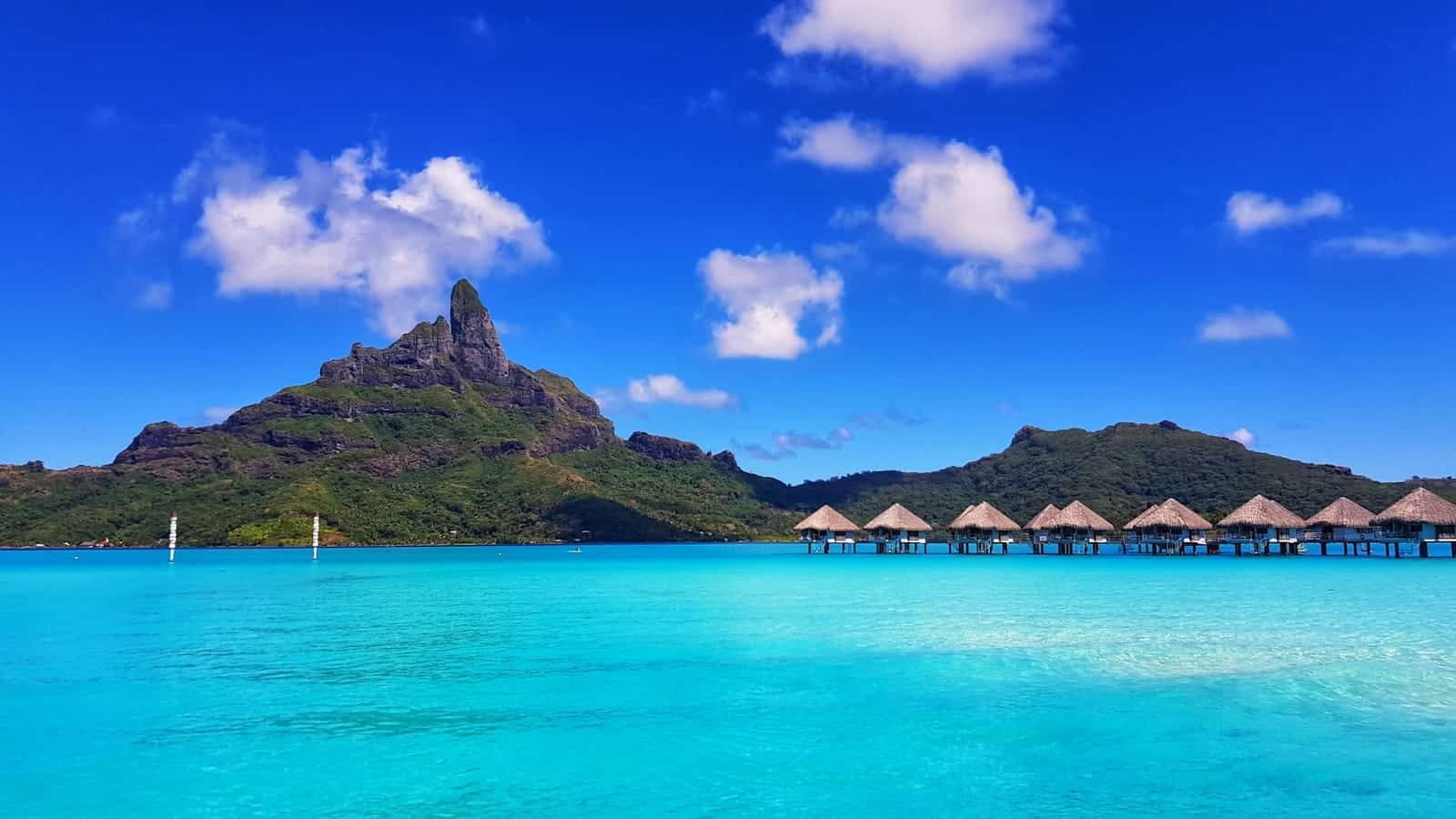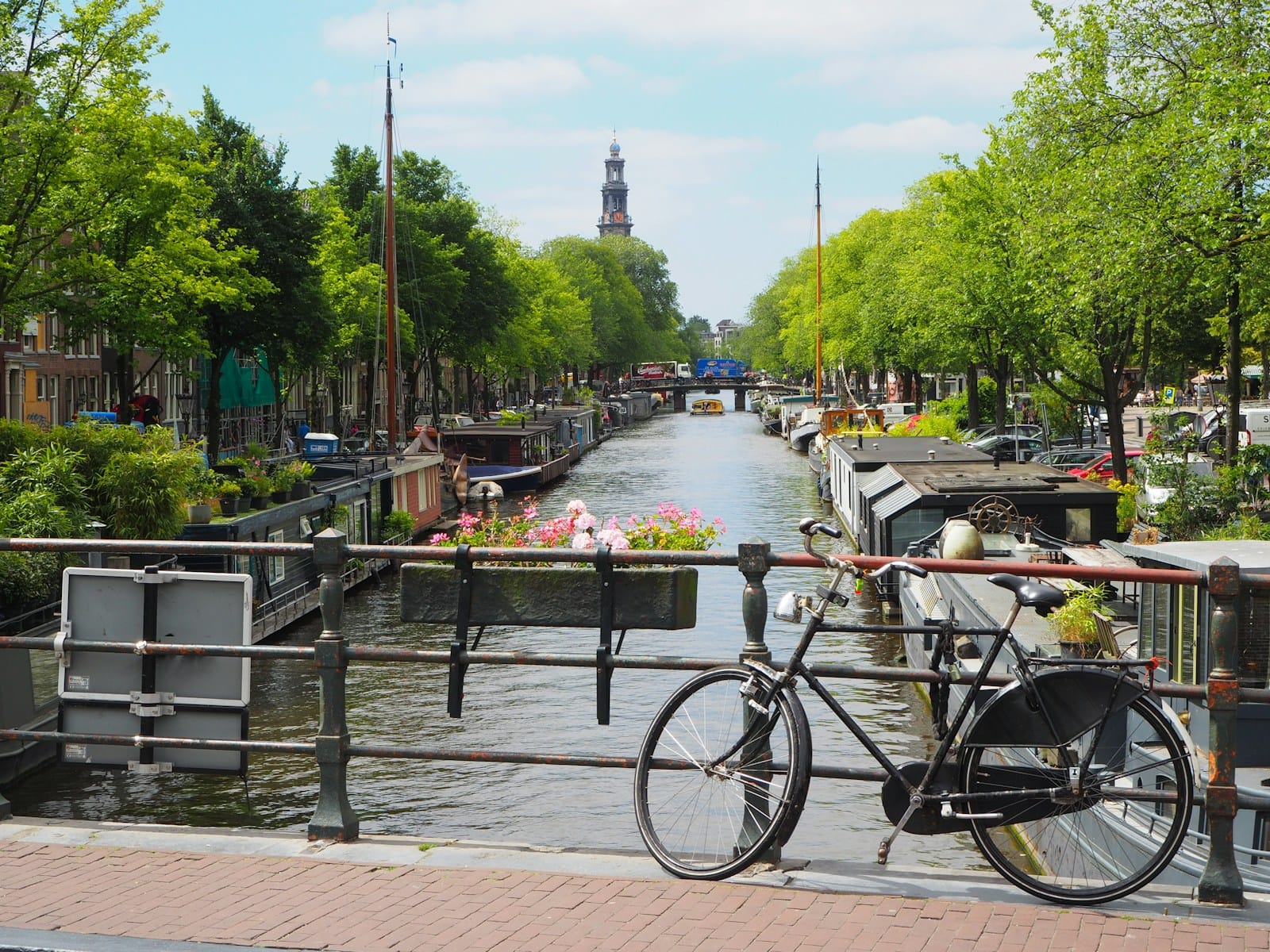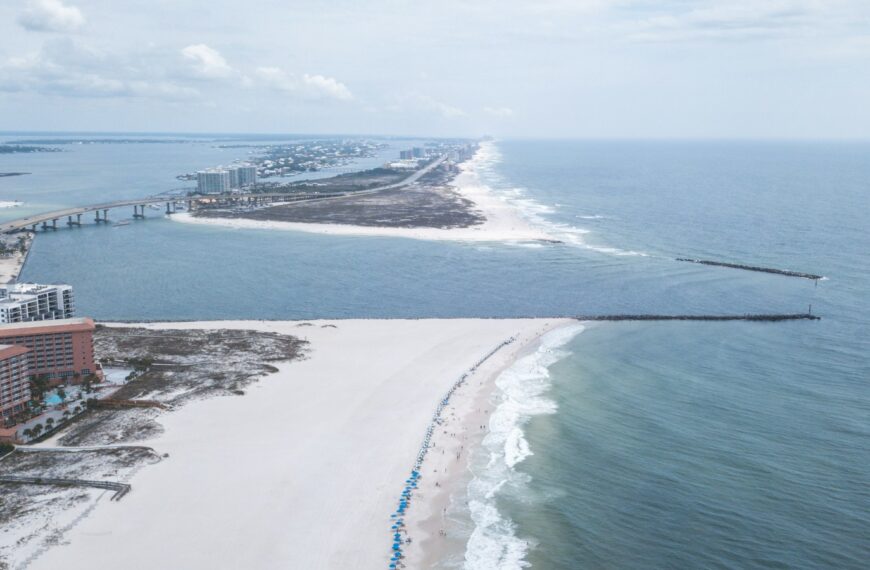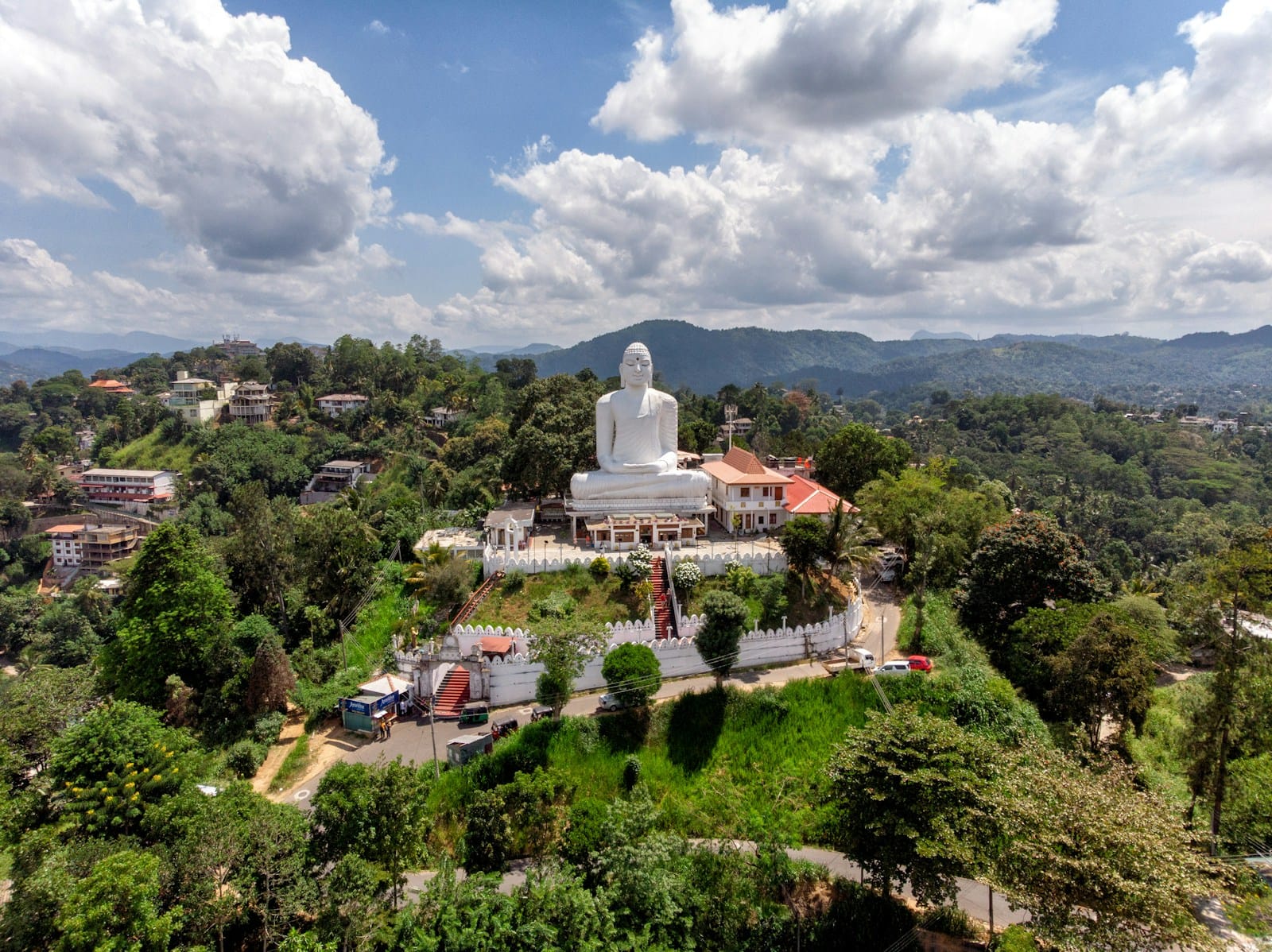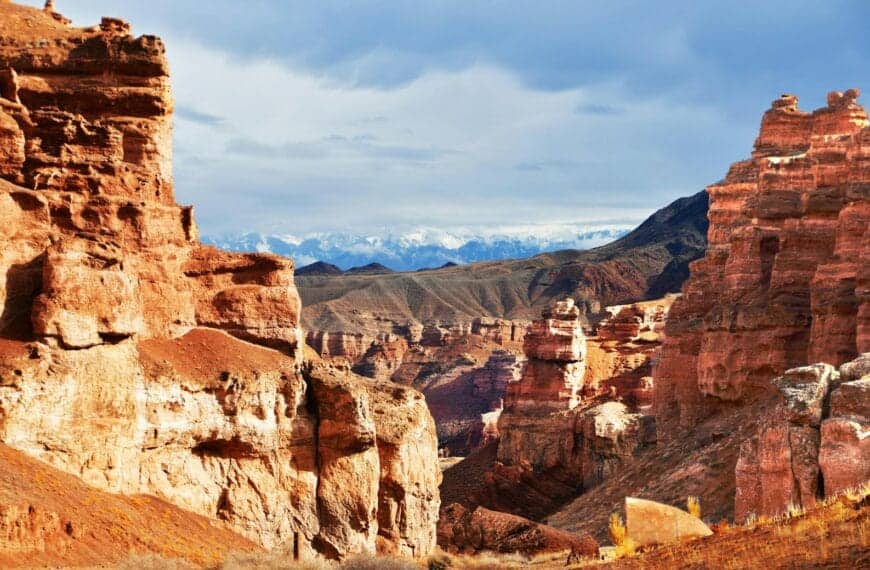North Macedonia Travel Guide: Lakes, Mountains & Ancient Heritage
Intro to North Macedonia Travel Guide
Cradled in the heart of the Balkans, North Macedonia is a country of contrasts. From the medieval monasteries of Lake Ohrid to the Ottoman bazaars of Skopje, from wine valleys to snow-capped peaks, this small nation offers a surprising depth of experiences. Often overlooked by travelers heading to Greece or Croatia, North Macedonia rewards those who linger with warm hospitality, living traditions, and landscapes that shift from lakeside serenity to rugged mountains within a few hours’ drive.
This is a place where Orthodox bells and Ottoman minarets share the skyline, where Roman amphitheaters sit beside bustling markets, and where hearty Balkan meals pair with locally grown wines. Start planning your journey with our North Macedonia Travel Guide — and discover how guided tours can bring its history, nature, and vibrant culture to life.
Travel Destinations in North Macedonia
Eastern Region | Northeastern Region | Pelagonia | Polog | Skopje Region | Southeastern Region | Southwestern Region | Vardar Region
💡Quick Facts:
Destination: North Macedonia
Continent: Europe
Country: Republic of North Macedonia
Area: 9,928 mi² (25,713 km²)
Population: ~1.8 million
Capital: Skopje
Regions: Vardar, Eastern, Southwestern, Southeastern, Polog, Pelagonia, Northeastern, Skopje
Official Language: Macedonian
Regional Languages: Albanian (co-official in many municipalities), Turkish, Romani, Serbian, Bosnian
Currency: Macedonian Denar (MKD)
Time Zone: Central European Time (CET), UTC +1; Daylight Saving Time observed
Climate: Continental with hot summers, cold winters, and Mediterranean influence in the south
Known For: Lake Ohrid (UNESCO), Skopje Old Bazaar, Matka Canyon, Orthodox monasteries, Ottoman heritage, mountain landscapes
🛂Arrival Info:
Entry Requirements: Visa-free entry up to 90 days for EU, Schengen, U.S., UK, Canada, and many other nationalities. Others may require a visa.
Visa Information: Ministry of Foreign Affairs – Visa Information
Main Airport: Skopje International Airport (SKP); Ohrid St. Paul the Apostle Airport (OHD) serves Lake Ohrid region.
Access Points: Land borders with Albania, Bulgaria, Greece, Kosovo, and Serbia.
Required Documents: Passport valid for at least 3 months beyond stay; proof of accommodation or onward travel may be requested.
🏥Health Info:
Vaccines: No mandatory vaccines; routine European travel vaccinations recommended.
Healthcare Access: Hospitals in Skopje and major towns; quality varies.
Emergency Care: Public emergency services available; private clinics in cities offer better care.
Risks: Tap water safe in cities but bottled water preferred; summer heat can cause dehydration.
🚑 Check travel insurance options for travel emergencies, delays, and medical needs abroad — Get coverage here
💉 Stay Informed with Official Updates: WHO – International Travel & Health | CDC – Travel health updates
🚨Travel Advisory:
Safety Level: Generally safe with low crime; protests occasionally occur in Skopje.
Crime Risks: Petty theft possible in markets and crowded areas.
Road Safety: Roads in rural and mountain areas may be poorly maintained; night driving discouraged.
Border Regions: Avoid remote border areas without official crossings.
🌍Track Real-Time Official Updates: US Travel Advisory | UK Foreign Travel Advice | Government of Canada | NZ SafeTravel
🥳Holidays:
New Year’s Day: January 1–2
Orthodox Christmas: January 7
International Workers’ Day: May 1
Saints Cyril and Methodius Day: May 24
Ilinden (Republic Day): August 2
Independence Day: September 8
Orthodox Easter: Dates vary
💰Visitor Info:
Currency: Macedonian Denar (MKD)
Payments: Cash common; credit cards accepted in hotels, restaurants, and larger shops.
Average Costs: Budget €30–40/day; mid-range €50–80/day; luxury €120+ per day.
Tipping Customs: 5–10% in restaurants is customary.
Tourist Taxes: Small accommodation tax often added to hotel bills.
🛫Airports:
Skopje International Airport (SKP): Main international gateway.
Ohrid St. Paul the Apostle Airport (OHD): Serves Ohrid and southwestern region.
🧳 Delayed or canceled flight? Check if you’re eligible for compensation
🚍Transport:
Rail: Limited services; international trains connect to Serbia and Greece (seasonal).
Buses: Reliable, affordable long-distance buses link towns and cities.
Driving Laws: Drive on the right; headlights required day and night.
Car Rentals: Available at airports and in major cities.
🚗 Book reliable airport transfers and in-city rides in advance. Reserve your ride here
🛰️Connectivity:
Mobile Coverage: Good nationwide; weaker in mountains.
Wi-Fi Access: Available in hotels, cafes, and restaurants in urban areas.
Local Carriers: A1 Macedonia, Makedonski Telekom, Lycamobile.
eSIM/SIM: Widely available at airports and in cities.
🛜 Stay connected abroad with affordable eSIM data packs. Get your eSIM here
📜Laws & Etiquette:
Drinking Age: 18 for alcohol.
Smoking Laws: Banned indoors in public spaces, but enforcement varies.
Dress Code: Casual; modest attire expected in religious sites.
Cultural Etiquette: Handshakes common; hospitality highly valued. Respect Orthodox and Muslim religious customs.
👮Emergency Info:
Emergency Number: 112 (general), 192 (police), 194 (ambulance), 193 (fire).
Tourist Assistance: Available in Skopje and Ohrid visitor centers.
Main Hospitals: Clinical Center in Skopje; regional hospitals in Bitola, Tetovo, and Ohrid.
Embassies: Most embassies located in Skopje.
🏛️ Use embassy locator tools: Embassies Worldwide
🌞Weather:
Climate: Continental with Mediterranean influence.
Best Season: May–September for warm weather, festivals, and Lake Ohrid; December–March for winter sports.
Average Temperatures: Winter 25–40°F (-4 to 5°C); summer 75–90°F (24–32°C).
Rainfall: Heaviest in spring and autumn; summers drier.
Snowfall: Common in mountains, supporting ski resorts.
🌦️ Stay prepared—check the weather forecast for your destination — Weather Forecast
North Macedonia by Region – Where to Go
Skopje & Northern Plains
- Skopje – The capital city, blending Ottoman bazaars, Byzantine churches, and modern monuments along the Vardar River.
- Matka Canyon – A dramatic gorge with monasteries, caves, and boat trips on turquoise waters.
- Kumanovo – Historic town with Orthodox monasteries and Ottoman heritage sites.
Western North Macedonia
- Ohrid – A UNESCO World Heritage city on the shores of Lake Ohrid, famous for its medieval churches, fortress, and lake cruises.
- Struga – Lakeside town known for poetry festivals and riverside cafes.
- Mavrovo National Park – Alpine landscapes, villages, and North Macedonia’s largest ski resort.
- Debar – Thermal spas and Ottoman-era mosques.
Eastern North Macedonia
- Štip – Market town with textile heritage and hilltop fortresses.
- Kratovo – A charming medieval mining town with stone bridges and towers.
- Kokino Observatory – Ancient megalithic site used for astronomical observations.
Southern North Macedonia
- Bitola – Historic city with Ottoman bazaars, Roman ruins at Heraclea Lyncestis, and lively cafes.
- Prilep – Known for tobacco fields, medieval towers, and rock-climbing sites.
- Gevgelija & Tikveš Valley – Wine region producing Vranec reds and fresh whites, plus casino resorts.
- Dojran Lake – Fishing traditions and lakeside relaxation on the Greek border.
Top Places to Visit in North Macedonia
- Lake Ohrid & Ohrid Town – Monasteries, churches, fortress views, and boat tours.
- Skopje Old Bazaar – Ottoman lanes with mosques, tea shops, and artisan workshops.
- Matka Canyon – Hiking, kayaking, and monastery visits amid steep cliffs.
- Mavrovo National Park – Hiking, skiing, and villages like Galicnik with folk festivals.
- Bitola – Roman ruins at Heraclea Lyncestis and Ottoman bazaar charm.
- Šar Mountains – High-altitude trails, traditional sheep farms, and wildflowers.
- Tikveš Wine Region – Vineyards and tastings of Macedonia’s signature varietals.
- Kratovo – Medieval bridges, towers, and cobblestoned streets.
- Kokino Observatory – Ancient megalithic heritage site dating back 3,800 years.
- St. Naum Monastery – Lakeside monastery with ornate frescoes and tranquil gardens.
Book immersive North Macedonia tours and experience unforgettable things to do in North Macedonia — from Lake Ohrid monastery visits and canyon hikes to vineyard tastings, Ottoman bazaars, and Roman ruins.
How to Choose Where to Go
- For culture and history – Base yourself in Ohrid, Bitola, or Skopje.
- For nature and hiking – Explore Matka Canyon, Mavrovo National Park, and the Šar Mountains.
- For wine and food – Head to Tikveš Valley and Gevgelija.
- For offbeat charm – Discover medieval Kratovo or the ancient Kokino Observatory.
Efficient pairings: Combine Skopje and Matka Canyon for a city-and-nature mix, or Ohrid and Bitola for lake views and Roman history.
How to Get Around
- Airports: Skopje International Airport (SKP) and Ohrid St. Paul the Apostle Airport (OHD).
- Trains: Limited but scenic routes connect Skopje to Bitola and Gevgelija.
- Buses: Reliable intercity network, cheap and frequent.
- Car rental: Best for exploring national parks, vineyards, and smaller towns.
- Taxis & rideshares: Affordable in cities, but confirm prices in advance.
- Walking: Old bazaars and towns like Ohrid and Kratovo are highly walkable.
Travel Budget and Costs
North Macedonia remains one of Europe’s most affordable destinations.
- Budget (€30–50/day): Hostels, buses, local restaurants.
- Mid-range (€60–100/day): Hotels, winery tours, guided day trips.
- Luxury (€120–200/day): Boutique stays, private guides, fine dining.
Money-saving tips:
- Eat at local kafanas (taverns) for hearty, inexpensive meals.
- Use intercity buses for long-distance travel.
- Visit wineries directly for cheaper tastings than organized tours.
Best Time to Visit
- Spring (April–June) – Wildflowers, mild weather, and great hiking. Orthodox Easter brings cultural festivities.
- Summer (July–August) – Peak season at Lake Ohrid with warm temperatures (30°C). Festivals and lake cruises are at their best.
- Autumn (September–October) – Harvest season in vineyards, crisp air, and fewer crowds.
- Winter (November–March) – Ski season in Mavrovo and Šar Mountains. Cities are quieter, but mountain villages come alive with snow.
Festivals and Cultural Events
- Ohrid Summer Festival (July–August) – Music, theater, and dance in historic lakeside venues.
- Galicnik Wedding Festival (July) – A traditional village wedding reenacted with costumes, dancing, and feasts.
- Skopje Jazz Festival (October) – International and local performers.
- Vevčani Carnival (January) – Colorful masks and satirical parades.
- Tikveš Grape Harvest Festival (September) – Celebrating wine traditions with tastings and folk music.
- Struga Poetry Evenings (August) – Poets gather from around the world for readings by the Drin River.
Must-See Experiences
- Cruising Lake Ohrid at sunset.
- Hiking Matka Canyon to hidden monasteries and caves.
- Tasting Vranec wine in Tikveš Valley.
- Exploring Skopje’s Old Bazaar with its blend of mosques and caravanserais.
- Walking among Heraclea Lyncestis ruins near Bitola.
- Attending a Galicnik Wedding Festival.
- Climbing to Samuel’s Fortress in Ohrid for panoramic views.
- Exploring the Šar Mountains with local shepherds.
- Visiting St. Naum Monastery and its tranquil springs.
Adventure and Water Activities
- Hiking: Trails in Mavrovo, Šar Mountains, and Matka Canyon.
- Skiing: Resorts in Mavrovo and Popova Šapka.
- Kayaking: Matka Canyon’s turquoise waters.
- Climbing: Limestone cliffs at Matka and Demir Kapija.
- Cycling: Lake Ohrid shoreline and Tikveš wine routes.
- Swimming: Lake Ohrid and Lake Dojran beaches.
- Caving: Matka Canyon caves, some among Europe’s deepest.
National Parks and Outdoor Adventures
- Mavrovo National Park – Mountains, lakes, ski resort, and villages like Galicnik.
- Pelister National Park – Alpine lakes, ancient Molika pine forests, and bear habitats.
- Šar Mountain National Park – Newly declared, with diverse flora and traditional sheep herding.
- Matka Canyon Reserve – Biodiversity hotspot with monasteries and caves.
History and Heritage
- Ancient Macedonia – Linked with Alexander the Great and neighboring Greek states.
- Roman era – Roads, amphitheaters, and towns like Heraclea Lyncestis.
- Byzantine & Slavic – Orthodox monasteries, frescoes, and early Slavic literacy.
- Ottoman period – Bazaars, mosques, and caravanserais shaped city life.
- 20th century – Yugoslav era industrialization and socialist monuments.
- Independence (1991) – North Macedonia emerges as a modern state, balancing Balkan traditions with European aspirations.
Best Travel Itineraries
3-Day Highlights
Day 1: Skopje Old Bazaar, Stone Bridge, and Matka Canyon.
Day 2: Drive to Ohrid for churches, fortress, and lake views.
Day 3: Day trip to Bitola for Heraclea ruins and cafés.
5-Day Explorer
Day 1: Skopje sightseeing.
Day 2: Matka Canyon hike and monastery visit.
Day 3: Ohrid and Lake cruise.
Day 4: Tikveš Valley wine tour.
Day 5: Bitola and Pelister National Park.
7-Day Cultural Journey
Days 1–2: Skopje and Matka.
Days 3–4: Ohrid monasteries and lake activities.
Day 5: Bitola and Heraclea.
Day 6: Tikveš Valley wineries.
Day 7: Kratovo and Kokino Observatory.
10-Day Immersion
Combine all above with Mavrovo hikes, Šar Mountains, and Gagauzia cultural day trips.
Unique Stays & Accommodations
- Boutique hotels in Ohrid – Lakeside stays with historic charm.
- Vineyard guesthouses in Tikveš – Immersive wine tourism.
- Eco-lodges in Mavrovo – Alpine cabins for hikers and skiers.
- Budget hostels in Skopje – Affordable city stays.
- Heritage houses in Kratovo – Medieval-style accommodations.
Local Cuisine & Culinary Experiences
- Tavče Gravče – Baked beans in clay pots, a national dish.
- Ajvar – Roasted red pepper spread, served with bread and cheese.
- Kebapi – Grilled minced meat, often with onions and bread.
- Shopska Salad – Fresh vegetables topped with grated cheese.
- Pastry burek – Layers of dough filled with meat or cheese.
- Local wines – Especially Vranec reds and Tikveš blends.
- Rakija – Strong fruit brandy often served at meals.
- Food tours – Skopje and Ohrid markets offer guided tastings.
Travel Safety & Cultural Etiquette
- North Macedonia is safe, but petty theft occurs in busy markets.
- Roads in rural areas can be poorly lit; drive carefully.
- Greet with a handshake or friendly “Zdravo.”
- Dress modestly in monasteries.
- Tipping 10% is customary in restaurants.
- Hospitality is central; accept food or drinks when offered.
- Markets are lively but bargaining is limited.
- Respect religious and ethnic diversity, particularly in mixed communities.
- Public transport is reliable but may be crowded.
- Festivals may include loud celebrations — join in respectfully.
Where to Go Next
- Albania – Cross the border to Tirana or explore Albania’s side of Lake Ohrid.
- Greece – Thessaloniki offers beaches, Byzantine heritage, and easy flights.
- Kosovo – Just north, discover Prizren’s Ottoman old town, mountain hikes in Rugova Valley, and lively café culture.
- Bulgaria – Sofia and Rila Monastery provide Orthodox heritage and mountain escapes.
Final Planning Checklist
- Book flights into Skopje or Ohrid.
- Reserve accommodations early in Ohrid for summer.
- Carry euros and Macedonian denar (MKD).
- Pack layers for mountain hikes and modest attire for churches.
- Download offline maps for rural areas.
- Confirm winery tours in advance.
- Arrange travel insurance for hiking and adventure activities.
- Learn a few phrases in Macedonian or Albanian.
North Macedonia blends Balkan warmth with timeless heritage. From lake monasteries to mountain trails, from Ottoman bazaars to vineyard valleys, every journey here feels personal and rewarding. Ready to experience it?
Explore our Europe travel guides and tours to plan your North Macedonia adventure.

